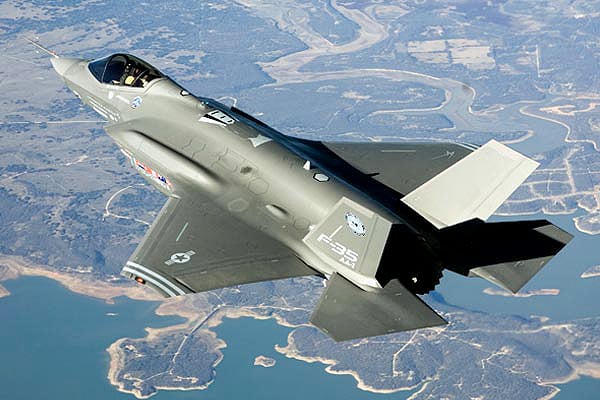Reference area is only an arbitrary value that is affected by volume shape distribution. It is more of an equivalent area rather than actual area.
In fact if area is all that mattered there wouldn't be much point in sweeping the wings of planes designed for high speed.
you are correct and that is true, however the J-20 and F-22 have very similar volume distribution, thus they are quiet equivalent, the problem here is many want to see things that are not real, the J-20 was designed with compromises, stealth and aerodynamics not always will go hand in hand, any design will compromise, will have to chose between two different needs,
I will put you an example, the F-35, the original F-35 concepts had several configurations one with canards other with tailplanes, the original X-32 was not different, from a tailess they decided to add tailplanes, they even studied the V tail.
The J-20 has compromised, the canard position for example is not the best position however they can not put it higher than the wing unless the made the J-20 a middle or low wing but this will affect stealth, so the decided to add some dihedral to improve roll and pitch agility and reduce buffeting, they also added ventral fins to increase high AoA handling since these won`t be blanketed by the fuselage.
The DSI inlet for example has other limitations if you change the inlet cowling you will affect the boundary layer divertion, so it has a lot of limitants, the DSI can not be used as a Variable Geometry inlet.
what the J-20 shows is fighter that has compromised aerodynamics for stealth, in canard position and wing position, they have also compromised in size, the aircraft is quit large, but these allows them to carry more fuel and weapons.
The studies done on the JSF concept yielded as a result that the advantages of the canard was only it added better pitch handling, however in drag both designs were quit similar if both designs used relaxed stability, however the backtailed design offers better stealth and less aerodynamic penalty
On the J-20 the canard is not in the best position but still is useful if you want to improve the agility of a large aircraft like the J-20 is that has a wing quiet aft, this will improve supersonic trimming.
If the J-20 will fly at mach 1.6 and cruise speeds of Mach 1.2-1.5 then the canard offers excellent qualities specially if you do not have TVC available
by using a delta wing the J-20 reduces drag and it needs to reduce drag because it is larger than the F-22


